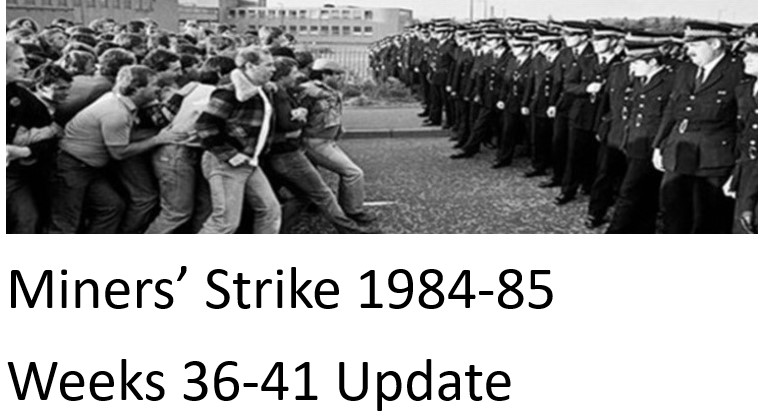Report from Harry Hutchinson, Labour Northern Ireland
The turnout in the Northern Ireland local government elections, as it was in the rest of the United Kingdom, was very low, with just over half of voters bothering to go to the polls. The extent of the Sinn Fein gains were as expected, but unfortunately, left and environmental candidates were all but wiped out.
It was no surprise Sinn Fein would repeat their successes in the Stormont elections. As well as the largest party in the Northern Ireland Assembly, they have now become the largest party at district council level. Sinn Fein gained almost 31% of the vote (up by 7.7%). The next largest party, the Democratic Unionist Party (DUP) got 23.3% of the vote (down 0.8%).
Sinn Fein now holds 144 council seats to the DUP’s 122. The ‘non-sectarian’ pro-Union Alliance Party is in third place with 13%. The slow decline of the other main Unionist party, the Ulster Unionists, has continued, as has that of the Social Democratic and Labour Party and the Nationalist Party.
On the left, People Before Profit (PBP) also saw a decreased vote. They have all but been wiped out, holding on to only one seat on Belfast and Derry councils. PBP took only 1% of the vote, down 0.4% on its previous vote. The Green Party took 1.7%, also down by 0.4%. Other socialists and councillors involved in the anti-mining campaign also lost their seats.
Sinn Fein blocked from having First Minister
For the first time since partition over a century ago, Sinn Fein now controls the regional government at Stormont and a majority of seats at local council level. The Northern Ireland Assembly will continue to be non-functional as the Unionist DUP continues its boycott, preventing Sinn Fein from exercising its majority at Stormont and establishing for the first time a Sinn Fein First Minister.
This advance of Sinn Fein to become the largest party in Norther Ireland has unquestionably been due to its drawing support from other Nationalist parties, but also from the socialist PBP. Solid Catholic areas in Belfast and Derry moved significantly towards Sinn Fein as national (as opposed to class) issues, like the Irish language and the border, have in recent years taken on new significance. It is likely that after the next general election in the Republic, Sinn Fein will hold majorities in the South and North of Ireland.
The Unionist parties remain split, with the largest, the DUP, in crisis. The party has failed to have much attraction to young voters, even young Protestants, and for all its ‘unionism’ is seen to be undermining the union with the British Government over Brexit.
DUP mired in scandal
It is a party mired in scandal and has not recovered from the fraudulent squandering of public funding in the ‘Cash for Ash scandal’. Now, some prominent Unionists are calling for the largest of the remaining Unionist parties to amalgamate in the face of the gains of Sinn Fein.
The small socialist and environmental representatives on district councils had some effect over the years in exposing the pro-capitalist privatisation agenda and the aims of the big mining corporations planning to mine precious metals. Unfortunately, in most councils this opposition, at least in the council chambers if not outside, will be missing.
This is a critical period of unprecedented public sector strikes. In Northern Ireland, one in six people are on the hospital waiting lists. Most people have lost confidence in both the Assembly government and councils, neither of which can solve a crushing cost of living crisis. It is little wonder people abandoned the elections and stayed at home.
For left parties, it is not enough to dwell on the crisis working class people face. Working class people will seek a way out of the crisis and they will not necessarily hang onto the same beliefs in capitalist institutions to solve the crisis. If socialists are not able to use the council chambers as public tribunes, then they have to create new paths to the working class. That must mean not relying purely on council and Assembly elections, but building at the grass roots, in community campaigns, in offices, factories and workplaces.



